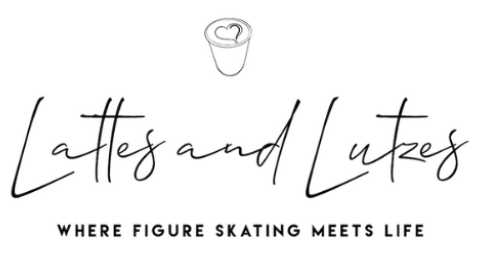What makes the perfect soundtrack for figure skating?

Music is such a large part of the sport of figure skating; it’s what brings a program alive and allows skaters to tell a story on the ice. It’s something that needs to resonate with the skater, the judging panel and the audience. Recently, I had the pleasure to sit down and speak with Richard Hollman, a professional music editor and owner of Strigiform Productions, to talk about how he got started in the music editing business and what advice he had for getting the perfect soundtrack for your program. I hope you enjoy the conversation as much as I did, and as always, please leave any questions or feedback in the comments below!
From the Ice to the Studio: Richard Hollman’s Journey in Figure Skating and Music Editing
In 1997, Richard first laced up his skates and ventured onto the ice, beginning a journey that would evolve in unexpected ways. By 2006, he joined the Sharper Edge Club, driven primarily by a desire to be part of the adult synchronized skating team. Although the team was his focus, over time, he found himself exploring solo programs and spotlight performances.
Richard’s foray into music editing began out of necessity. For his individual performances, he started cutting his own music using Audacity, a free, open-source audio editing software. Initially, it was a straightforward tool, but as he delved deeper, he discovered its vast potential. Over the years, he not only cut music for his performances but also for the synchro team and friends who needed a polished cut for their programs.
In synchronized skating, the importance of matching beats and maintaining a smooth rhythm cannot be overstated. This need pushed Richard to enhance his skills in creating seamless transitions in music. He aimed to ensure that the edits flowed naturally, without any jarring interruptions. Interestingly, even as he and his wife watched top-level figure skating competitions, they noticed discrepancies in the quality of music cuts. Often, Richard found himself thinking, “I could do better than this.”
Upon retiring in 2022 from a 40-year career in the semiconductor industry, Richard had more time on his hands. This newfound freedom allowed him to transform his music editing hobby into a low-stress home business. Initially, the venture started slowly, but as he mastered promotional strategies, it began to gain traction.
Working with Audacity has been a constant in Richard’s journey. He learned to harness its many features to meet the diverse needs of his clients. Whether out of curiosity or necessity, he delved deep into the software, always finding the perfect tool for the task at hand. It has been a fulfilling process of self-teaching and discovery.
This journey has also brought Richard immense satisfaction through repeat clients. Knowing that his work is appreciated and trusted is incredibly rewarding. Moreover, the editing process itself is meditative, allowing him to immerse himself in the music and enjoy the creative flow.
Beyond the technical aspects, this venture has connected Richard with the global skating community. It’s a wonderful feeling to contribute to a sport he loves, combining his passion for music and figure skating into a fulfilling second career.
Stay tuned for part two of Richard’s story and tips on editing music.




